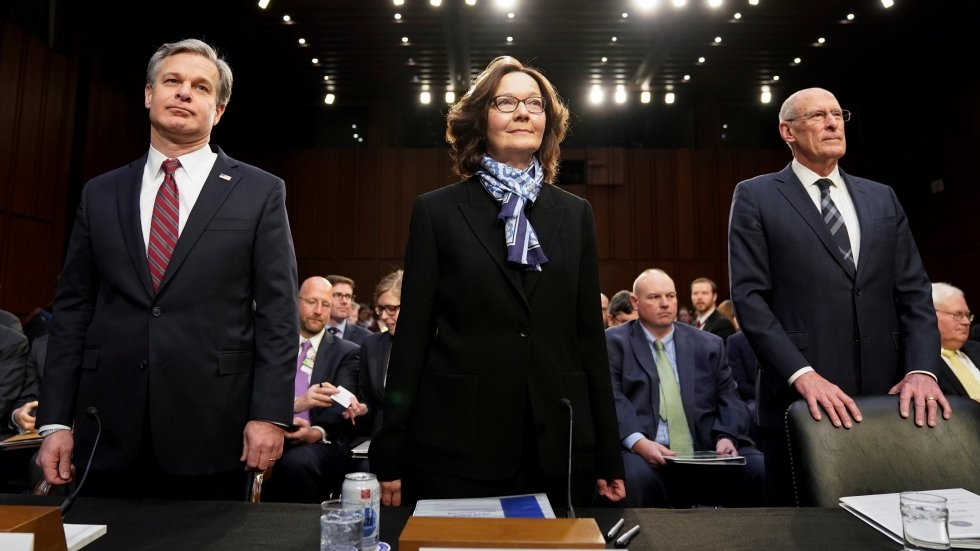A new American intelligence assessment of global threats has concluded that North Korea is “unlikely to give up” all of its nuclear stockpiles, and that Iran is not “currently undertaking the key nuclear weapons-development activity” needed to make a bomb, directly contradicting two top tenets of President Trump’s foreign policy.
Dan Coats, the director of national intelligence, also challenged Trump’s insistence that the Islamic State had been defeated, a key rationale for his decision to exit Syria.
The terrorist group “still commands thousands of fighters in Iraq and Syria,” and maintains eight branches and a dozen networks around the world, the annual report to Congress said.
Trump is expected to meet next month with the leader of North Korea, Kim Jong-un, in a second round of negotiations aimed at ridding the country of its nuclear weapons.
Former intelligence officials have expressed a degree of skepticism about the coming meeting, given the relatively modest steps North Korea has taken toward throttling its nuclear program.
“Its leaders ultimately view nuclear weapons as critical to regime survival,” Coats said.
On Iran, Coats said: “We do not believe Iran is currently undertaking the key activities we judge necessary to produce a nuclear device,” Coats said, but he added that Iranian officials have “publicly threatened to push the boundaries” of the nuclear deal it struck with world powers in 2015 if it did not see the benefits it expected.
Trump withdrew the United States from that agreement last year.
He called it “defective at its core” and said that if the deal remained in place, Iran would “be on the cusp of acquiring the world’s most dangerous weapons.”
The agreement still stands, largely with support from European capitals.
Senator Angus King (D-ME) asked Haspel point-blank if Iran remained in compliance with the nuclear deal.
She said it did, but added that Iranian leaders were considering steps that would “lessen their adherence” to the agreement.
Perhaps the strongest rebuke of Trump’s security priorities comes in what is missing from the assessment: any rationale for building a wall along the southwestern border, which Trump has advertised as among the most critical security threats facing the United States.
The first mention of Mexico and drug cartels comes on Page 18 of the 42-page report, well after a range of other, more pressing threats.
Much of the new assessment, as well as testimony at today’s hearing, focused on cyberthreats against the United States from China and Russia.
The assessment also argues that while Russia’s ability to conduct cyberespionage and influence campaigns is similar to the one it ran in the 2016 American presidential election, the bigger concern is that “Moscow is now staging cyberattack assets to allow it to disrupt or damage U.S. civilian and military infrastructure during a crisis.”
It specifically noted the Russian planting of malware in the United States electricity grid.
Russia already has the ability to bring the grid down “for at least a few hours,” the assessment concluded, but it is “mapping our critical infrastructure with the long-term goal of being able to cause substantial damage.”
Taken together, the report paints a picture of threats vastly different from those asserted by Trump.
Russia emerges as a disruptive threat, China as a long-term one, and the failure of the United States to invest heavily enough in research and development for key technologies as perhaps the biggest concern, allowing new competitors to close the technological gap.
